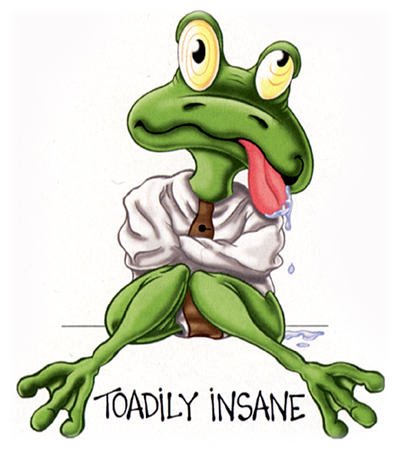Climate: New Orleans is hot and humid, with summer temperatures reaching upward of 100 degrees. The Gulf of Mexico provides the region with a great deal of moisture, and the city receives more than five feet of rainfall annually. New Orleans has no “dry season,” and locals know to expect rain at any time of year. The city’s greatest natural threat comes from hurricanes, which buffet the Gulf of Mexico at regular intervals in the months between June to December.
Curfew: No person under the age of 18 is allowed on the streets after 11:00 PM.
Economy: In addition to tourism, which brings in millions every year, New Orleans trades extensively with Latin America. The city is strong in grain, steel and coffee beans, and it saw a boom in offshore oil rigging during the 1970s. Average wages lag behind all states but two, even with plenty of white-collar jobs and lucrative waterfront trades. One in four people lives below the poverty line.
Government: New Orleans has an elected mayor and a city council. Parishes (Louisiana’s version of counties) were geographically ordained by the Catholic Church and became political districts under Spanish rule.
Population: Just over one million in the Greater New Orleans Metro Area, but nearly twice that number visits from out of town each and every month.
Religion: Roman Catholicism predominates. Slaveholders were required by Bienville’s Code Noir of 1724 to baptize and instruct their slaves on Catholicism, but slaves and other immigrants brought vodoun to the city, where it has thrived. Protestants are slightly more common uptown, especially around St. Charles Avenue.
Wednesday, March 10, 2010
Subscribe to:
Post Comments (Atom)

No comments:
Post a Comment